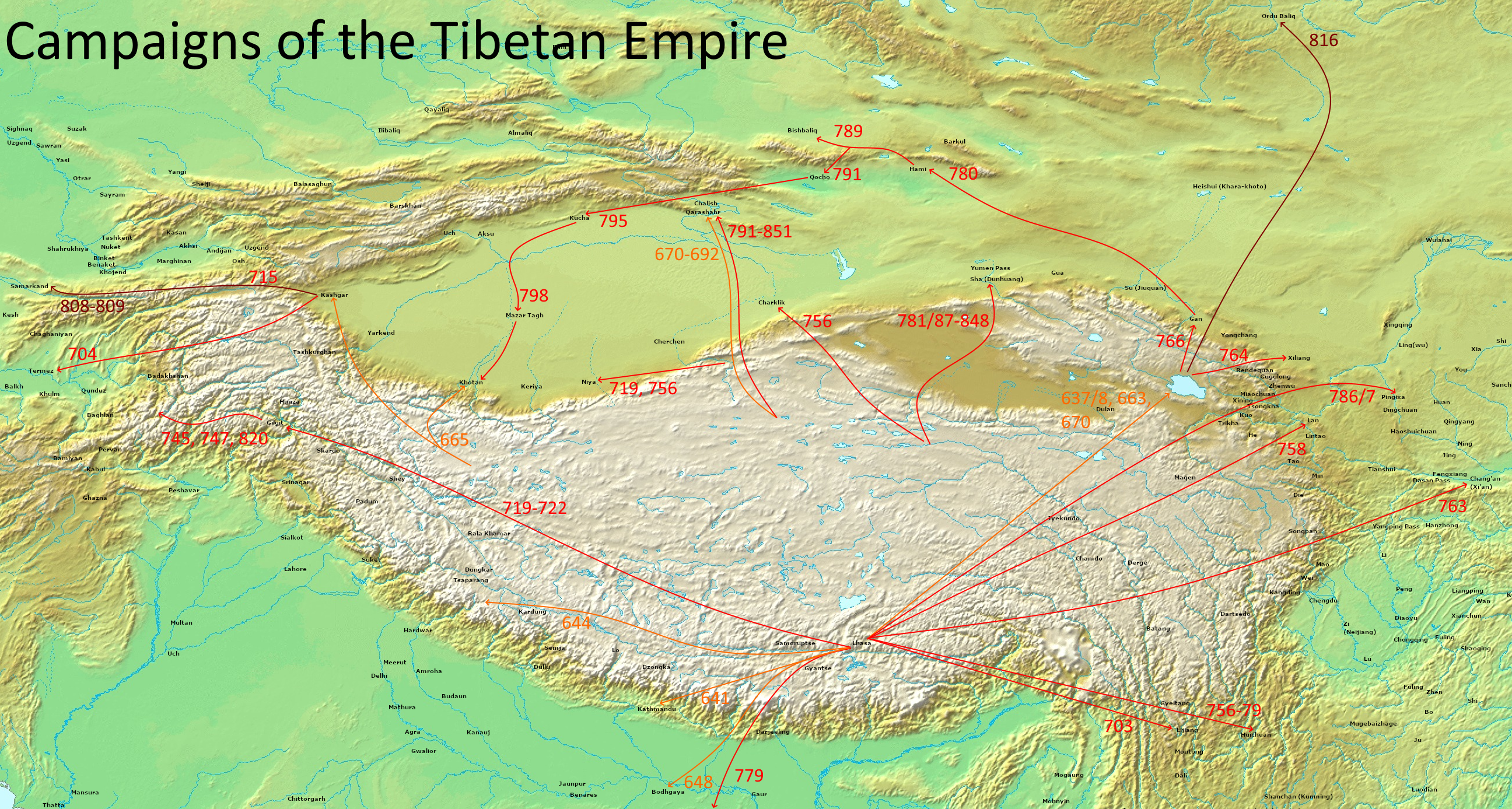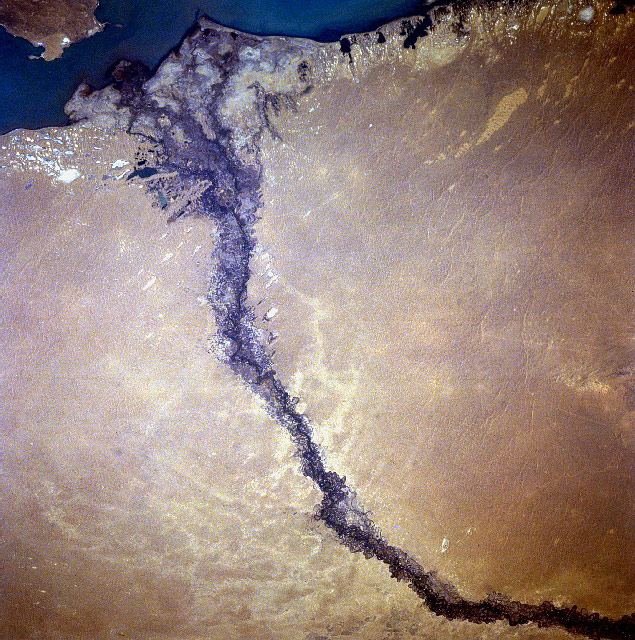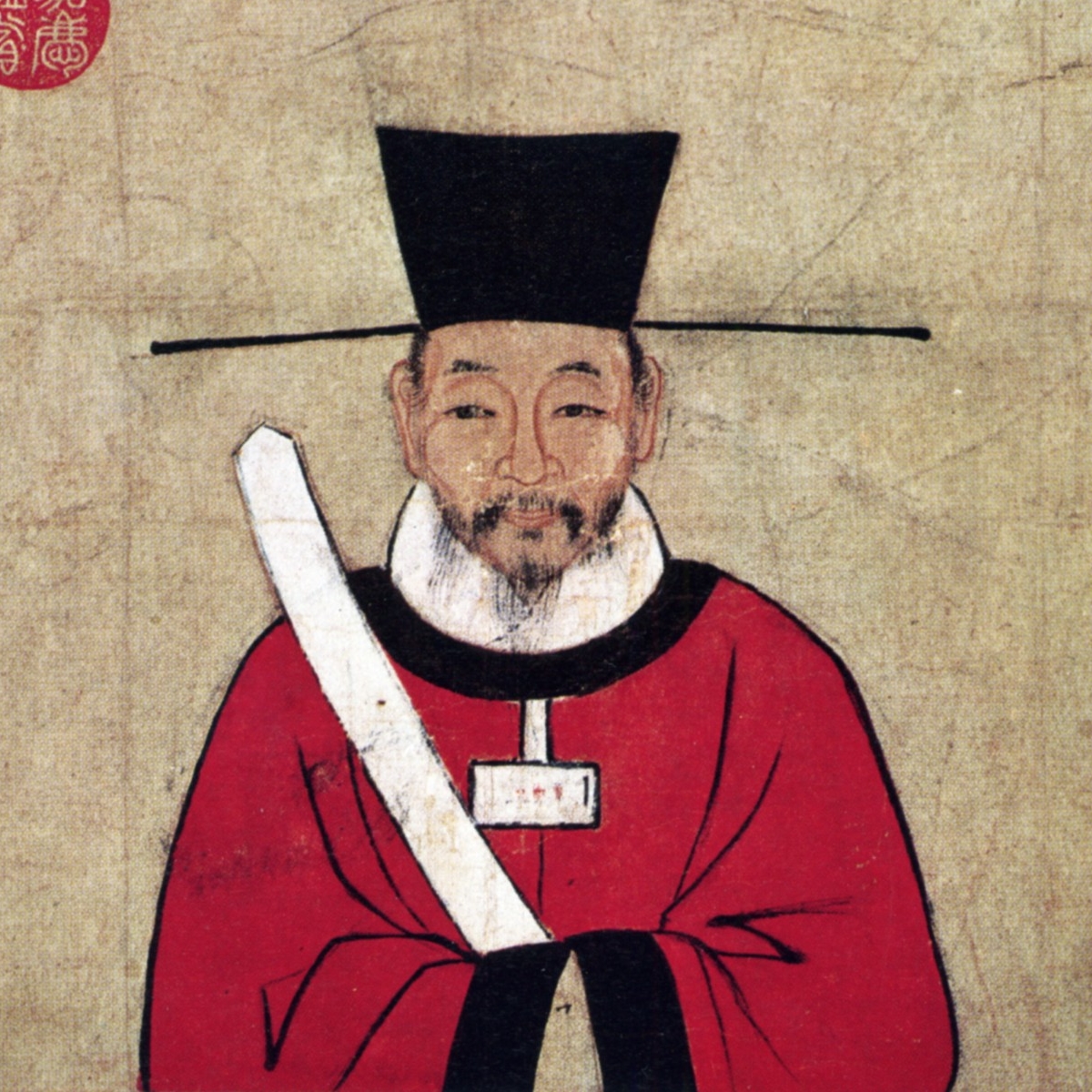|
Türgesh Rulers
The Türgesh or Türgish (; ; Old Tibetan: ''Du-rgyas'') were a Turkic tribal confederation. Once belonging to the Duolu wing of the Western Turkic ''On Oq'' elites, Türgeshes emerged as an independent power after the demise of the Western Turks and established a khaganate in 699. The Türgesh Khaganate lasted until 766 when the Karluks defeated them. Türgesh and Göktürks were related through marriage. Name Atwood (2013), citing Tekin (1968), etymologizes the ethnonym ''Türgiş'' as contains gentilic suffix ''-ş'' affixed onto the name of lake ''Türgi-Yarğun'', which was mentioned in Kültegin inscription. Tribal composition By the 7th century, two or three sub-tribes were recorded: "Yellow" ''Sarï'' Türgesh tribe ''Alishi'' (阿利施) and the "Black" ''Qara'' Türgesh tribe(s) 娑葛 (''Suoge'' < *''Soq'' or *''Saqal'') - 莫賀 (''Mohe'' < *''Bağa''). To the Black Türgesh sub-tribe, Chebishi (車鼻施) (*''çavïş'', from |
Early Middle Ages
The Early Middle Ages (or early medieval period), sometimes controversially referred to as the Dark Ages (historiography), Dark Ages, is typically regarded by historians as lasting from the late 5th to the 10th century. They marked the start of the Middle Ages of History of Europe, European history, following the decline of the Roman Empire, decline of the Western Roman Empire, and preceding the High Middle Ages ( 11th to 14th centuries). The alternative term ''Late antiquity#Terminology, late antiquity'', for the early part of the period, emphasizes elements of continuity with the Roman Empire, while ''Early Middle Ages'' is used to emphasize developments characteristic of the earlier medieval period. The period saw a continuation of trends evident since late classical antiquity, including population decline, especially in urban centres, a decline of trade, Medieval Warm Period, a small rise in average temperatures in the North Atlantic region and Migration Period, increased m ... [...More Info...] [...Related Items...] OR: [Wikipedia] [Google] [Baidu] |
Kültegin
Kul Tigin ( zh, 闕 特 勤, Pinyin: Quètèqín, Wade–Giles: chüeh-t'e-ch'in, AD 684–731) was a general and a prince of the Second Turkic Khaganate. Etymology Necip Asım (1921) initially gave his name as ''köl'', based on the etymology of Mahmud al-Kashgari, meaning "lake, sea". Radloff rendered this word as ''kül'', and Thomsen (1896), Malov (1951) and Tekin (1968) adopted this reading. Bazin (1956) and Hamilton (1962) rejected Radloff's reading and preferred the form ''köl''. However, Chinese sources used the Chinese character 闕 (''què''). Therefore, this word should be read as ''kül'', not ''köl''. Early years He was a second son of Ilterish Qaghan, the Second Turkic Khaganate's founder, and the younger brother of Bilge Kaghan, the fourth kaghan. He was seven when his father died. During the reign of Qapagan Khaghan, Kul Tigin and his older brother earned reputation for their military prowess. They defeated Yenisei Kirghiz, Turgesh, and the Ka ... [...More Info...] [...Related Items...] OR: [Wikipedia] [Google] [Baidu] |
Manichaean
Manichaeism (; in ; ) is an endangered former major world religion currently only practiced in China around Cao'an,R. van den Broek, Wouter J. Hanegraaff ''Gnosis and Hermeticism from Antiquity to Modern Times''. SUNY Press, 1998 p. 37 founded in the 3rd century CE by the Parthian prophet Mani (216–274 CE), in the Sasanian Empire. Manichaeism teaches an elaborate dualistic cosmology describing the struggle between a good, spiritual world of light, and an evil, material world of darkness. Through an ongoing process that takes place in human history, light is gradually removed from the world of matter and returned to the world of light, whence it came. Mani's teaching was intended to "combine", succeed, and surpass the teachings of Platonism, Christianity, Zoroastrianism, Buddhism, Marcionism, Hellenistic and Rabbinic Judaism, Gnostic movements, Ancient Greek religion, Babylonian and other Mesopotamian religions, and mystery cults.Arendzen, John (1 October 1910).Manich ... [...More Info...] [...Related Items...] OR: [Wikipedia] [Google] [Baidu] |
Coin Of TheTürgesh Kaghans
A coin is a small object, usually round and flat, used primarily as a medium of exchange or legal tender. They are standardized in weight, and produced in large quantities at a mint in order to facilitate trade. They are most often issued by a government. Coins often have images, numerals, or text on them. The faces of coins or medals are sometimes called the ''obverse'' and the ''reverse'', referring to the front and back sides, respectively. The obverse of a coin is commonly called ''heads'', because it often depicts the head of a prominent person, and the reverse is known as ''tails''. The first metal coins – invented in the ancient Greek world and disseminated during the Hellenistic period – were precious metal–based, and were invented in order to simplify and regularize the task of measuring and weighing bullion (bulk metal) carried around for the purpose of transactions. They carried their value within the coins themselves, but the stampings also induced manipulati ... [...More Info...] [...Related Items...] OR: [Wikipedia] [Google] [Baidu] |
Uyghur Khaganate
The Uyghur Khaganate (also Uyghur Empire or Uighur Khaganate, self defined as Toquz-Oghuz country; , Tang-era names, with modern Hanyu Pinyin: or ) was a Turkic empire that existed for about a century between the mid 8th and 9th centuries. It was a tribal confederation under the Orkhon Uyghur () nobility, referred to by the Chinese as the ''Jiu Xing'' ("Nine Clans"), a calque of the name '' Toquz Oghuz'' or ''Toquz Tughluq''. History Rise In the mid-5th century, Uyghurs constituted a tribe of the Tiele, which was also under the Turkic Khaganate.Chapter 195, Huihe. Sewikisource/ref> In 657, the Western Turkic Khaganate was defeated by the Tang dynasty, after which the Uyghurs defected to the Tang. Prior to this the Uyghurs had already shown an inclination towards alliances with the Tang when they fought with them against the Tibetan Empire and Turks in 627. In 742, the Uyghurs, Karluks, and Basmyls rebelled against the Second Turkic Khaganate. In 744, the Basmyls capt ... [...More Info...] [...Related Items...] OR: [Wikipedia] [Google] [Baidu] |
Khalaj People
The Khalaj (; ) are a Turkic ethnic group who mainly reside in Iran. In Iran they still speak the Khalaj language, although most of them are Persianized. ''Xalaj'').; excerpts from "The Turkish Dialect of the Khalaj", Bulletin of the School of Oriental Studies, University of London, Vol 10, No 2, pp 417-437 (retrieved 10 January 2007). Origin Following al-Khwarizmi, Josef Markwart claimed the Khalaj to be remnants of the Hephthalite confederacy. The Hephthalites may have been Indo-Iranian,ḴALAJ i. TRIBE - '', December 15, 2010 (Pierre Oberling)'' although there is also the view that they were of [...More Info...] [...Related Items...] OR: [Wikipedia] [Google] [Baidu] |
Nushibi
Nushibi (Nu-shibi, ; Middle Chinese: *''nuoXɕiɪt̚piɪt̚'') was a Chinese collective name for five tribes of the right (western) wingYu. Zuev, ''"The Strongest tribe - Izgil"''//Historical And Cultural Relations Between Iran And Dasht-i Kipchak in the 13th through 18th Centuries, Materials of International Round Table, Almaty, 2004, p. 53, in the Western Turkic Khaganate, and members of "ten arrows" confederation found in the Chinese literature (十箭 ''shíjiàn''; ). The references to Nushibi appeared in Chinese sources in 651 and disappeared after 766. The Nushibi tribes occupied the lands of the Western Turkic Khaganate west of the Ili River of contemporary Kazakhstan. Name's Etymology Yury Zuev reconstructs ''Nushibis Middle Chinese pronunciation as ''nou siet-piet'',Yu. Zuev, ''"The Strongest tribe - Esgil"'', p. 53, which, he asserts, transcribes Turkic ''oŋ šadapït'' "right wing". ''Šadapït'' either means "entourage of the Shad" ( Clauson, 1972)Golden, Peter ... [...More Info...] [...Related Items...] OR: [Wikipedia] [Google] [Baidu] |
Geshu Han
Geshu Han () (died December 1, 757), formally Prince Wumin of Xiping (), was a general of Tang China who was of Turgesh extraction. A veteran of many battles, he became a powerful general late in the reign of Emperor Xuanzong of Tang and in 756 became responsible for defending Tong Pass against the rebel forces of An Lushan. After being forced by the Chancellor Yang Guozhong to engage An Lushan's forces, he was defeated and subsequently kidnapped by his own subordinate, Huoba Guiren (), to An Lushan's camp. An Lushan tried to use him to get his subordinate generals Li Guangbi, Lai Tian (), and Lu Gui () to surrender as well, but when those generals refused to do so, put him under house arrest in Luoyang, the capital of An's newly established state of Great Yan. In 757, after An Lushan's son and successor An Qingxu was defeated by Tang forces and forced to abandon Luoyang, An Qingxu executed Geshu and some thirty other captive Tang generals. Background It is not known when Ges ... [...More Info...] [...Related Items...] OR: [Wikipedia] [Google] [Baidu] |
Tang Dynasty
The Tang dynasty (, ; zh, c=唐朝), or the Tang Empire, was an Dynasties of China, imperial dynasty of China that ruled from 618 to 907, with an Wu Zhou, interregnum between 690 and 705. It was preceded by the Sui dynasty and followed by the Five Dynasties and Ten Kingdoms period. Historians generally regard the Tang as a high point in Chinese civilisation, and a Golden age (metaphor), golden age of cosmopolitan culture. Tang territory, acquired through the military campaigns of its early rulers, rivalled that of the Han dynasty. The House of Li, Li family founded the dynasty after taking advantage of a period of Sui decline and precipitating their final collapse, in turn inaugurating a period of progress and stability in the first half of the dynasty's rule. The dynasty was formally interrupted during 690–705 when Empress Wu Zetian seized the throne, proclaiming the Wu Zhou dynasty and becoming the only legitimate Chinese empress regnant. The An Lushan rebellion (755 ... [...More Info...] [...Related Items...] OR: [Wikipedia] [Google] [Baidu] |
Lake Balkash
Lake Balkhash, also spelt Lake Balqash (, , ), is a lake in southeastern Kazakhstan, one of the largest lakes in Asia and the 15th largest in the world. It is located in the eastern part of Central Asia and sits in the Balkhash-Alakol Basin, an endorheic (closed) basin. The basin drains seven rivers, the primary of which is the Ili, bringing most of the riparian inflow; others, such as the Karatal, bring surface and subsurface flow. The Ili is fed by precipitation, largely vernal snowmelt, from the mountains of China's Xinjiang region. The lake currently covers about . However, like the Aral Sea, it is shrinking due to diversion and extraction of water from its feeders. The lake has a narrow, quite central, strait. The lake's western part is fresh water and its eastern half is saline. The eastern part is on average 1.7 times deeper than the west. The largest shore city is named Balkhash and has about 66,000 inhabitants. Main local economic activities include mining, ore p ... [...More Info...] [...Related Items...] OR: [Wikipedia] [Google] [Baidu] |
Kül-chor
Kül-chor, (), known in Arabic sources as Kūrṣūl () and identified with the Baga Tarkhan () of the Chinese records, was one of the main Turgesh leaders under the ''khagan'' Suluk. He is chiefly known for his role in the Turgesh wars against the Umayyad Caliphate in Transoxiana, and for being responsible for the murder of Suluk in 738, precipitating the collapse of Turgesh power. After eliminating his rivals, he rose to become ''khagan'' himself, but soon fell out with his Chinese backers and was defeated and executed in 744. Some Arabic sources, however, record that he was killed by the Arabs in 739. Origin Along with the ''khagan'' himself— Suluk Chabish-chor or Su-Lu of the Chinese sources—Kül-chor, or "Kūrṣūl al-Turqashī" in Arabic, is one of only two Turgesh leaders to be mentioned by name in the Arab sources of the period. Kül-chor, usually identified with the ''Baga Tarkhan'' (pinyin: ''Mohe dagan quelü chuo'') of Chinese sources, was the leader of a small T ... [...More Info...] [...Related Items...] OR: [Wikipedia] [Google] [Baidu] |
Zizhi Tongjian
The ''Zizhi Tongjian'' (1084) is a chronicle published during the Northern Song dynasty (960–1127) that provides a record of Chinese history from 403 BC to 959 AD, covering 16 dynasties and spanning almost 1400 years. The main text is arranged into 294 scrolls (), each equivalent to a chapter—totaling around 3 million Chinese characters. In 1065, Emperor Yingzong of Song commissioned his official, Sima Guang (1019–1086), to lead a project to compile a Universal history (genre), universal history of China, and granted him funding and the authority to appoint his own staff. His team took 19 years to complete the work and in 1084 it was presented to Emperor Yingzong's successor Emperor Shenzong of Song. It was well-received and has proved to be immensely influential among both scholars and the general public. Endymion Wilkinson regards it as reference quality: "It had an enormous influence on later Chinese historical writing, either directly or through its many a ... [...More Info...] [...Related Items...] OR: [Wikipedia] [Google] [Baidu] |









